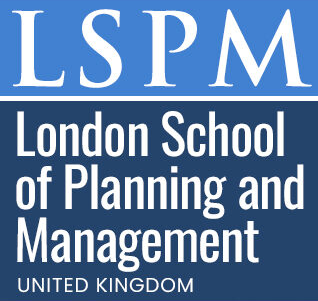Certificate Programme in 3D Printing for Archaeological Sites
Published on June 28, 2025
About this Podcast
HOST: Welcome to our podcast, where we explore innovative courses that bridge the gap between technology and traditional fields. I'm thrilled to have [Guest Name], an expert in digital archaeology, joining us today to discuss the Certificate Programme in 3D Printing for Archaeological Sites. Can you tell us a bit about your experience with this technology and its impact on archaeology? GUEST: Absolutely! I've seen 3D printing transform the way we document and conserve archaeological sites. It allows us to create accurate replicas of artifacts, which helps preserve fragile originals and share them with a wider audience. HOST: That's fascinating. How does this course help professionals integrate 3D printing into their workflows? GUEST: The program offers hands-on training in digital modeling, 3D scanning, and additive manufacturing techniques specifically tailored for archaeological applications. Participants learn to use laser scanning data to create detailed models, ensuring practical skills transfer to real-world scenarios. HOST: I can imagine there are challenges when implementing new technologies like this in archaeology. What are some common obstacles, and how does the course address them? GUEST: One major challenge is mastering post-processing techniques for optimal results. The course dedicates time to teaching these skills, ensuring participants can achieve high-quality prints and innovative solutions for heritage preservation. HOST: As we look to the future, where do you see 3D printing technology making the most significant impact in archaeology? GUEST: I believe 3D printing will continue to revolutionize site interpretation and conservation, enabling more accurate documentation and public engagement. This course equips professionals with the skills needed to drive these advancements. HOST: Thank you so much for sharing your insights with us today. It's clear that the Certificate Programme in 3D Printing for Archaeological Sites is a game-changer for the industry. We're excited to see how it transforms archaeological fieldwork and conservation. GUEST: Thank you for having me. It's been a pleasure discussing this innovative course and its potential to shape the future of archaeology.
